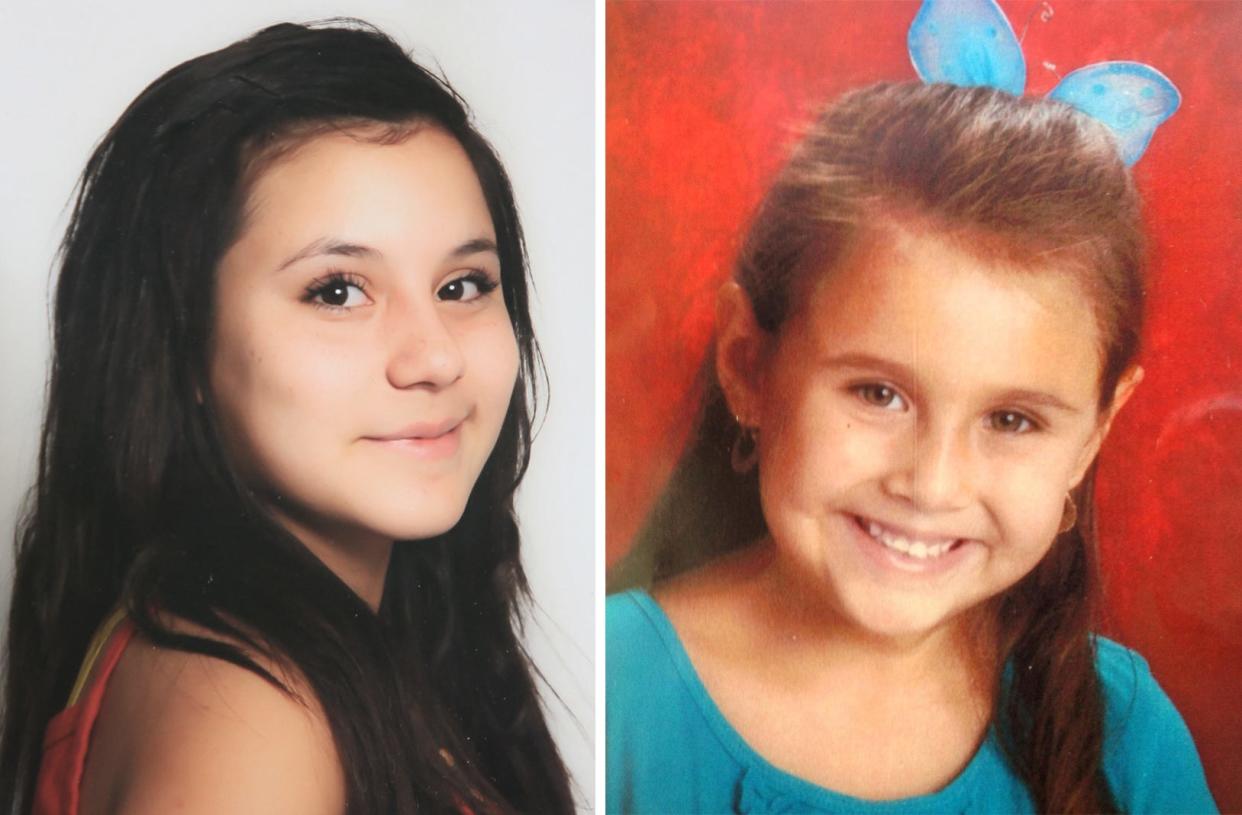Closing arguments heard in trial for man accused of killing 13-year-old Tucson girl in 2014

Lawyers delivered closing arguments Wednesday in the first of two trials for a man accused of abducting and killing two young Tucson girls separately and then dumping their bodies in the desert.
Christopher Clements, 40, faces charges of first-degree murder and kidnapping in the deaths of 6-year-old Isabel Celis and 13-year-old Maribel Gonzales in two separate trials.
According to court documents, Clements was arrested in 2018 and indicted on 22 counts spanning many years in the deaths of Isabel in 2012 and Maribel in 2014.
The first trial, continuing for the last two weeks, centered around the disappearance and death of Maribel who disappeared while walking to a friend’s house.
Pima County attorney Tracy Miller, the prosecutor in the case, began her closing arguments with a haunting statement about Maribel’s mother.
“There was no way that Valerie Calonge could have known that when her 13-year-old daughter walked out of her apartment to see a friend that she was never coming home,” Miller said.
Miller argued that all the evidence points to Clements as the alleged killer.
She said evidence of his cell phone activity showed him driving towards the areas where Maribel was walking to her friend’s house as well as the place where her body was found, a remote desert area near Trico and West Avra Valley roads.
Miller also said evidence showed he was monitoring police radio. Google searches on Clements' devices allegedly showed searches such as “Maribel Victoria Gonzalez,” “Calonge,” “murdered children,” “trace evidence found on a body,” and “body in the desert.
She described how Maribel was found: dragged 50 feet from the road in the middle of a remote area in the desert, 30 miles from her home. She was found stuffed under tires with her clothes removed, and without shoes or belongings.
Miller also pointed to a statement made by Clements' ex-girlfriend. Melissa Stark, his ex-girlfriend, was called to the witness stand on the second day of trial. She said Clements asked her if they had any bleach, went to buy more bleach; and he then asked her to clean his clothes, the shower curtain after his shower, and the floor from the front of the house to the bathroom. He also allegedly asked her if she had looked in the trunk of his car.
Other evidence suggested he had an attraction to little girls, Miller said, referring to the slew of photographs of little girls that investigators found on his computer.
More: Teen's mother gives tearful testimony as trial begins for Christopher Clements
Some were screenshots of videos, one of a little girl jumping on her bed, and others were taken in-person in areas around Tucson.
Defense attorney Joseph DiRoberto said the state’s evidence was thin and built on the fact that Clements had pictures of little girls and that there was no connection between him and Maribel.
In rebuttal of the defense’s claim, the prosecution reiterated how the evidence points to Clements.
“We can’t give you an exact location of where his device was," Miller said. "It’s the fact that his device is in all the areas where Maribel starts and where she ends up. That’s how we know he is connected to the murder.”
During the previous day's hearing, the court heard from Sy Ray, founder of ZetX Corporation and cell phone mapping expert, who said it was possible that Clements’ cell phone was at Maribel's body recovery site between 2 a.m. and 2:30 a.m. on June 4, 2014.
During the closing arguments Wednesday, Miller said while the prosecution does not need to prove a motive, Clements' motive was clear – Clements' had an attraction to young girls.
DiRoberto listed gaps in the prosecution’s argument, including the lack of a cause of death, and questions about the DNA that was tested. DiRoberto was referring to evidence shown during a hearing Tuesday, during which the court heard from two witnesses for the defense including Michael Spence, independent forensic DNA consultant.
On Tuesday, DiRoberto questioned Spence, attempting to cast doubt on DNA test results that allegedly link Clements to a pubic hair found in the investigation. DiRoberto argued that the partial profile results could not specifically identify Clements, despite Clements matching 18 of the 23 areas where DNA data could be extracted from the hair.
The hair was not tested to determine if it was Maribel's, Spence said.
Spence testified that the testing used to extract the DNA can only be used to exclude suspects, given that the Y chromosome can be identical among males in the same family lineage and even unrelated males, too.
During the closing arguments Wednesday, DiRoberto said the state failed to prove who was the person last known to be with Maribel, when exactly Maribel went missing and how she died, among other unknown facts in the case.
“There are infinite number of possibilities of what happened to Maribel that are stronger than reasonable doubt,” he said. “Maribel’s disappearance and death could be unrelated to Mr. Clements.”
The jury went into deliberation at the end of the hearing, and at the time of publishing, had not announced a verdict.
Coverage of southern Arizona on azcentral.com and in The Arizona Republic is funded by the nonprofit Report for America in association with The Republic.
Reach the reporter at sarah.lapidus@gannett.com.
Contact the reporter at jcastaneda1@arizonarepublic.com or connect with him on Twitter @joseicastaneda
This article originally appeared on Arizona Republic: Closing arguments heard in Christopher Clements trial

